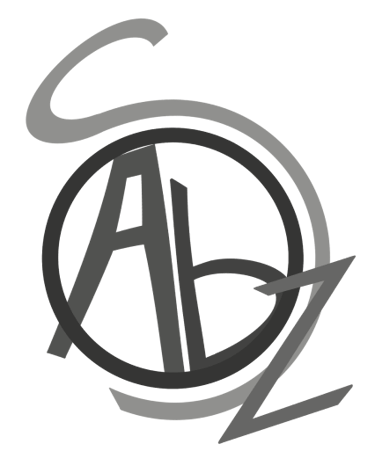OMRON
To better understand how designers operate in the professional world, I actively pursued an internship. My main takeaway: clear planning, stakeholder communication, and adaptable CAD design are crucial in industry settings.
Key Skills Gained
3D Modeling & Prototyping
Professional communication
Cross-functional collaboration
Feedback processing & iteration
Time and project management
Practical application of university skills
Problem-solving in real-world constraints
1. Definition
I began by interviewing all stakeholders to define functional and design requirements for a sign-in platform.
2. Exploration
Using exploratory sketching, I proposed diverse concepts ranging from desktop to freestanding platforms and guided stakeholders through structured voting rounds.
3. Validation
Through iterative feedback on 15 concepts, I identified core features needed across all stakeholders.
4. Convergence
With a direction chosen, I refined the concept with detailed renders and low-fi prototypes, testing dimensions and viewing angles.
5. Prototyping
I created the first high-fidelity prototype using the company’s on-site workshop, deepening my skills in metal, plastic, and woodworking, as well as production planning.
6. Iteration
User testing revealed overlooked issues like sizing inconsistencies and branding conflicts. I addressed these in a revised version while beginning manufacturer research, learning about various production methods.
7. Finalization & Post-Production
In collaboration with Omron and an external manufacturer, I helped prepare for full-scale production. I also developed an assembly and maintenance manual to support future rollouts. This final phase taught me the importance of lead-time management and cross-team coordination.
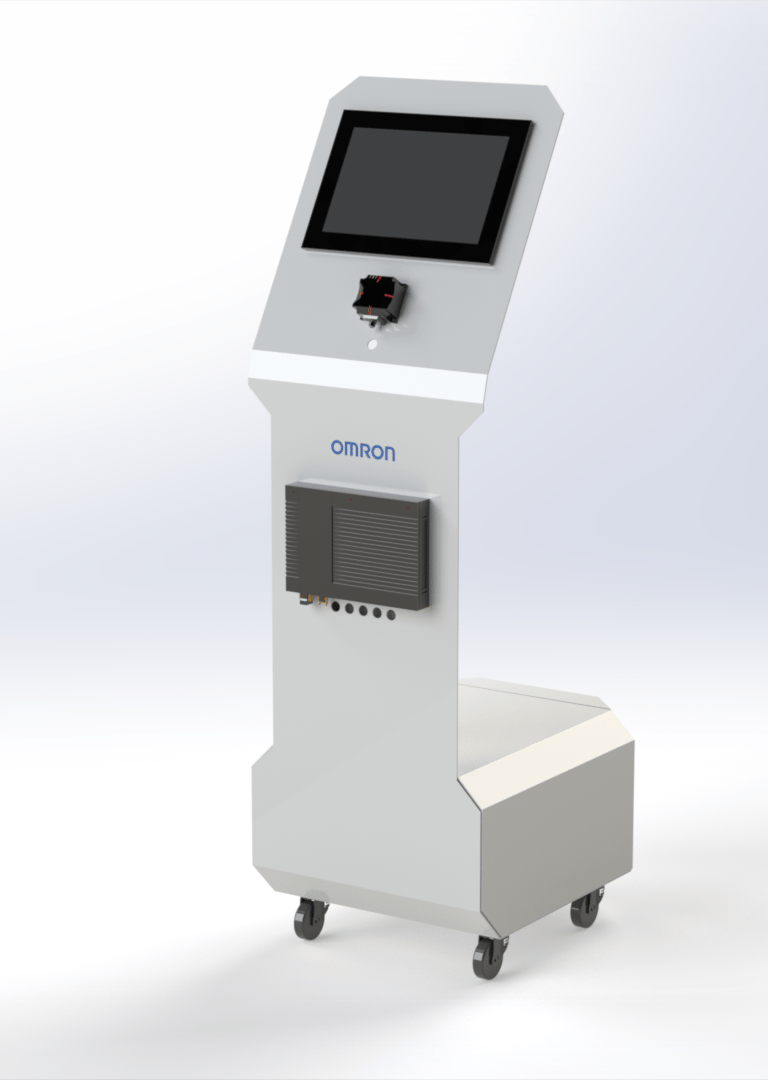

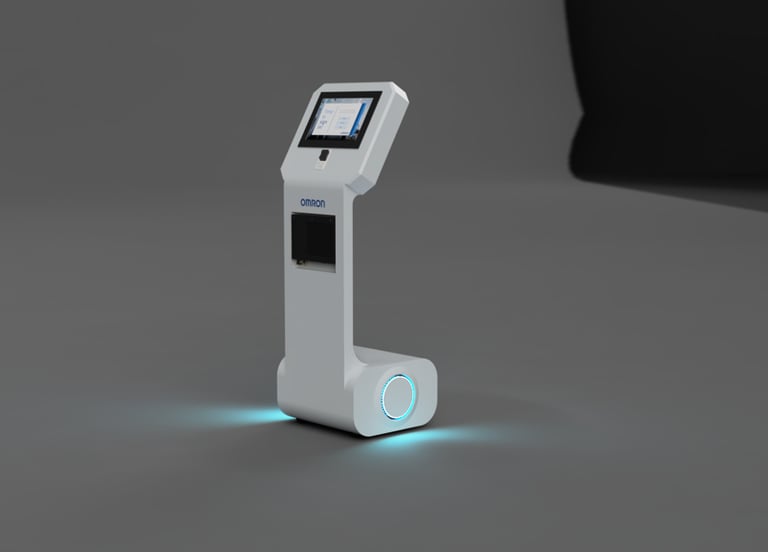

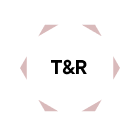

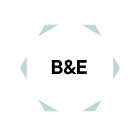



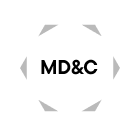

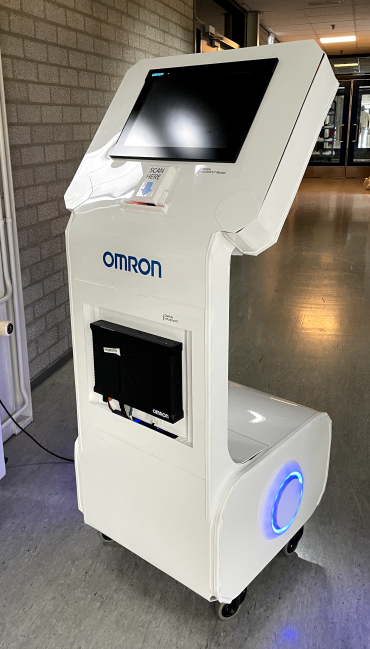

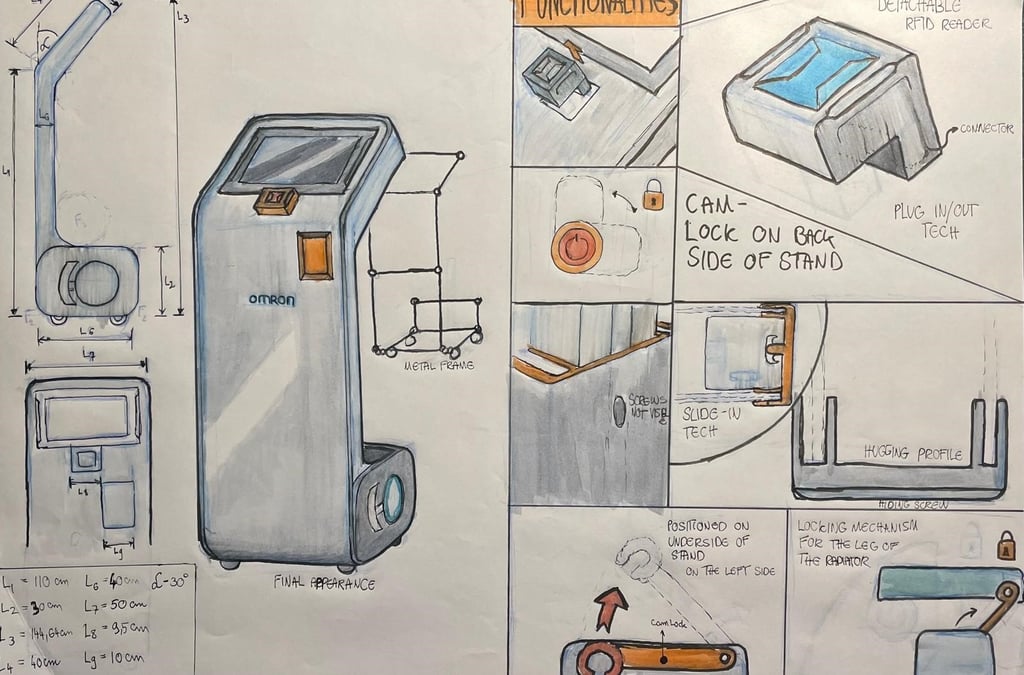

Hand-Made High Fidelity Prototype
Exploratory Sketches and Form Explorations
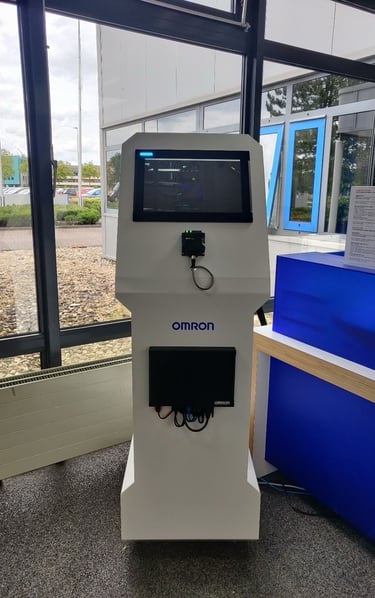

Final Deliverable Standing in front of Reception
